So, my previous article “10 types of documentaries we could live without” got a ton of hits, along with a fair share of feedback, much of it along the lines of “why are you being so negative and snarky?” or “I can think of good documentaries that fall into those categories, so what gives?”
Fair enough. The short answer is, I was feeling snarky because I was up early with a screaming infant that day, and I felt like it. Also, I’m aware that there are many good docs that utilize the mentioned tropes, but what I object to is the way that many documentarians seem to start from an established narrative and then craft the film to fit, rather than finding an interesting subject and letting the narrative unfold naturally. That’s just my personal bias.
Since you asked, here are some great documentaries that I really love, in no particular order, with what I think is so great about them.
Harlan County, USA – 1974
An example of how to do a political advocacy documentary that doesn’t feel like a propaganda piece. Barbara Kopple’s landmark 1976 documentary about the 1973 mine workers strike in Harlan County Kentucky is journalistic and humane without being heavy handed or shrill. Kopple pays special attention to the families of the miners, showing them as three dimensional people in a difficult situation, rather than squeezing them into the much easier martyr narrative. Harlan County is a political work, without a doubt, but it is an honest, probing, self aware political work which will give partisans on both sides plenty to think about.
Stop Making Sense – 1984
The experience of watching most concert films is akin to watching sports on your DVR. The substance of the performance is there, but the excitement and immediacy of the experience is missing. Few concert films deserve to be viewed more than once. A great exception to this rule is Stop Making Sense. Jonathan Demme’s film of Talking Heads performances in Hollywood in 1983 is a great technical achievement (the first film recorded in digital audio), an exuberant, kinetic document of what Roger Ebert referred to as “a live show with elements of METROPOLISâ€, and possibly the greatest concert film ever made. Part of the magic of this film is that you don’t have to be a Talking Heads fan to appreciate it. You could watch it on mute and still be treated to an incredibly visually interesting and deeply clever stage show. That would be a mistake, however, because this is the rare concert film that captures the band in question at the true peak of their powers.
Hearts of Darkness – 1991
If you want to know why Francis Ford Coppola would rather make wine than movies these days, you can watch Hearts of Darkness. Made up of footage from the production of Apocalypse Now, it’s a fascinating portrayal of an artist falling apart. It’s hard to watch, but also incredibly compelling. It could easily be depressing or exploitative or boring, but it’s none of those things. For any creative artist who has struggled mightily against heavy odds to execute a personal vision, this will both ring true and make you feel a little better about your own struggles. Can’t get that painting to work out? At least you don’t have to deal with Brando.
The Sorrow and the Pity – 1969
Perhaps best known in the US from a brief sequence in Woody Allen’s Annie Hall, (“Boy, those guys in the French Resistance were really brave, you know? Had to listen to Maurice Chevalier sing so much.â€) this documentary about the Nazi occupation of France is courageous in its unblinking indictment of those in France who were willing to accept and collaborate with the occupation, while their countrymen were tortured and killed by the SS. Built around two extended interviews, one with a minor politician who became a resistance fighter and the other with a French aristocrat who embraced fascism and fought for Germany in the war, the film was controversial in France for complicating the narrative of nearly universal French resistance to the Nazis. Seeing it today, it’s troubling to reflect on how easy it is to be complicit in the evil done in your name, and how difficult it is to resist it.
S-21 – 2003
This Cambodian/French co-production about Tuol Sleng, the notorious Khmer Rouge prison from which almost no one escaped alive, is a troubling look into the moral abyss. Directed by Rithy Penh, himself a survivor of the Cambodian Genocide, the structure of the film is an extended tour of the facility (a former high school, just one of the unsettling details) led by two former prisoners and their former guards. In one shattering sequence, former prisoner Van Nath directly confronts his former captors. Most documentaries dealing with genocide are preoccupied with the victims; the far more interesting and inscrutable subject is the perpetrator. The terrifying conclusion of this film is that these were normal people, often barely teenagers, who were able to inflict horrible evil on other people not unlike themselves, and are able to rationalize it to this day.
The Atomic Cafe – 1982
One of the first collage style documentaries, The Atomic Cafe tells the story of the impact of the prospect of nuclear war on American culture in the years after World War II. The film is assembled from news reels, army videos, civil defense filmstrips, and propaganda films, all presented without narration. The filmmakers avoid cheap shots and manipulative editing, but still manage to express a coherent anti-nuclear position. The fact that it is also engaging, thoughtful, and sometimes funny is a welcome bonus.
Man On Wire – 2008
It’s an unfortunate temptation of the documentary film to attempt to say too much about too much. The available source material (everything happening, everywhere) is so broad that some filmmakers can’t resist drawing soaring, ham fisted parallels between their subject and The Big Picture. This is not to say that those parallels don’t exist, but if intriguing subtexts are there, it’s unnecessary to draw attention to them. A documentary that is bravely about the thing that it is about is Man on Wire. Philippe Petit’s 1974 high wire walk between the two towers of the World Trade Center is a strange, singular story, told with narrative deftness and skill. That’s all it has to be. The restraint is even more remarkable given the very high profile destruction of the towers years later. Few filmmakers would have made this film without mentioning September 11. That James Marsh did so is the difference between importance and self importance.
The Thin Blue Line – 1988
Errol Morris is beloved and controversial for his willingness to play with narrative structure and use reconstructed and reenacted events in his documentaries. The Thin Blue Line is perhaps the finest example of his style in action, a film that rings true while at the same time leaving doubts about whether all of what it presents is factual. This isn’t a weakness as executed by Morris; he isn’t trying to pull one over on anyone, rather he is trying to engage the audience in the sort of critical examination with which we should greet anything which makes claims of truth.
KOYAANISQATSI – 1982
The Hopi word for “out of balanceâ€, Godfrey Reggio‘s wordless film is one of the great polemical documentaries of all time, and manages to be such without using a single word. Time lapse video of nature and urban life is contrasted against a haunting soundtrack by Phillip Glass. It sounds incredibly pretentious, and it is, but it’s also quietly beautiful, passionate, and above all, watchable. Instead of shouting at the viewer about environmentalism and the evils of modern consumerism, it invites the viewer to think about those issues in a meditative way. I would argue that such thoughtful engagement is the real key to lasting change.
King of Kong – 2007
This movie could be so bad. The story of the epic battle between a likeable Everyman and a chicken wing sauce magnate to become Donkey Kong World Champion could have mocked it’s subject, or been over-awed by him, or fallen prey to any number of other pitfalls. Pun intended. Instead, however, it’s an exquisitely crafted, funny, occasionally touching, and even suspenseful documentary about a man and his obsessions- more “Man on Wire†than “Trekkies 2â€. It has the structure of a great sports documentary, with plenty of unforced quirk and pop culture. Refreshingly, the villains of the film are kind of likeable and the heroes are portrayed as flawed. A more one sided documentary would have been possible with not much editing, but it would have detracted from the eventual satisfaction you feel at the end. It’s just Donkey Kong, man.
NEXT WEEK- THE NEXT 10 IN THIS UNORDERED LIST OF 20!
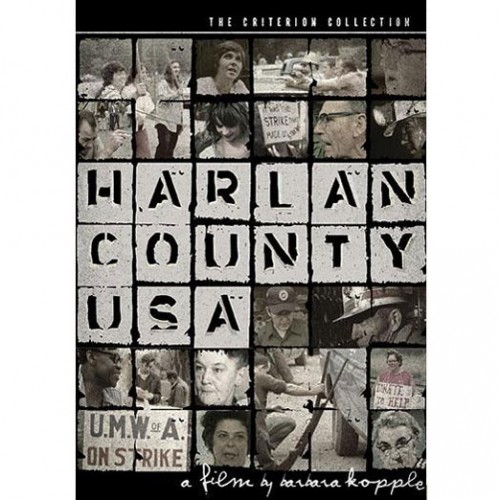
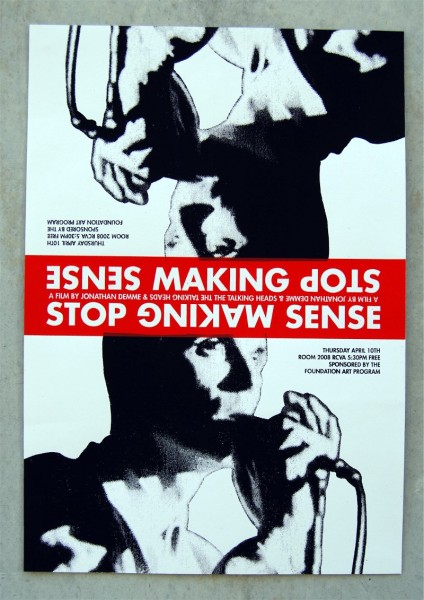
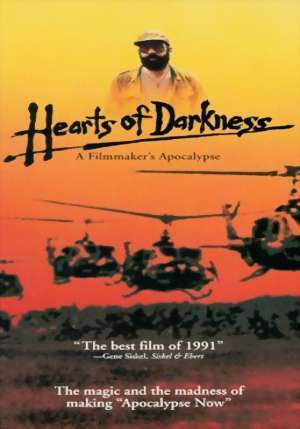
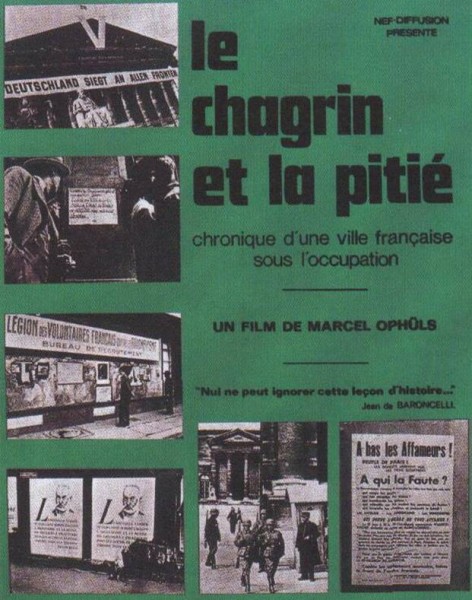
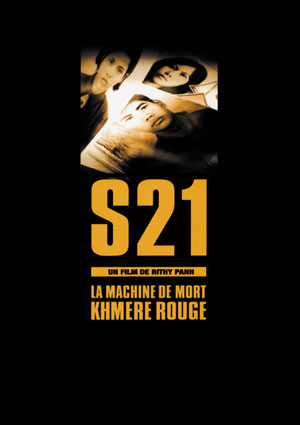
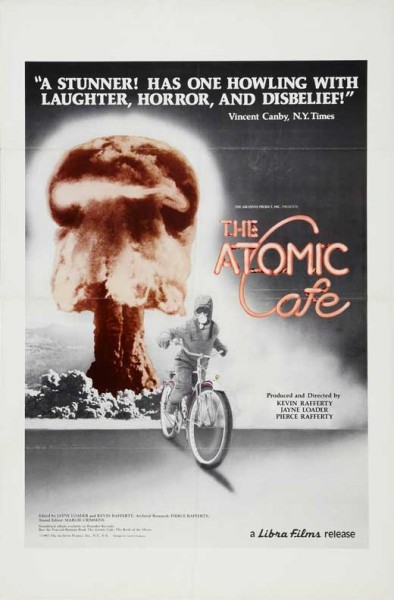
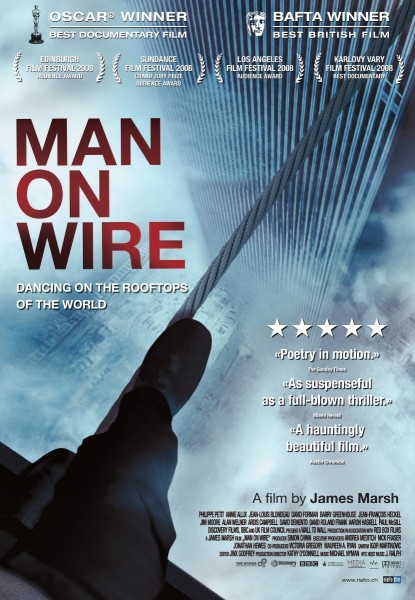

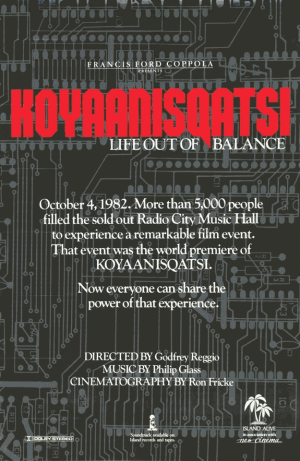
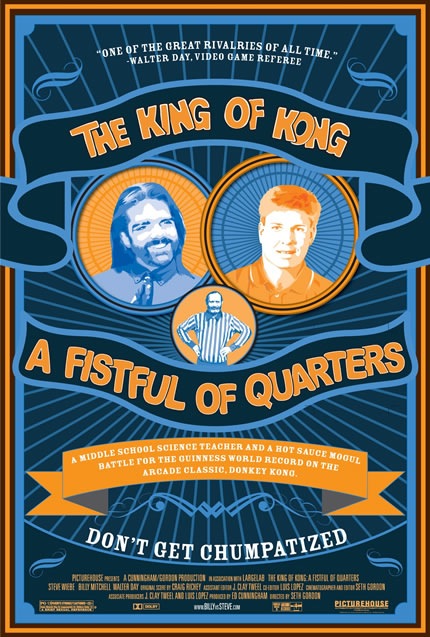
Pingback: » 10 Types of Documentaries We Can Live Without » OKC.NET
yo bro, where’s part two?
Pingback: Here Are 8 Awesome Documentaries That Actually Won’t Depress You. – Ghehe.com - Funny Videos, Funny Clips & Funny Pictures
Pingback: Here Are 8 Awesome Documentaries That Actually Won’t Depress You. | My New WordPress Site
Pingback: Here Are 8 Awesome Documentaries That Actually Won’t Depress You. | United Topics
Pingback: | Solusi Berbelanja Hemat Waktu, Biaya Dan Tenaga
Pingback: Here Are 8 Awesome Documentaries That Actually Won’t Depress You. | My Blog
Pingback: Here Are 8 Awesome Documentaries That Actually Won’t Depress You. | ezebiz.co.za
Pingback: Here Are 8 Awesome Documentaries That Actually Won’t Depress You. | Site Demo 365 Daily Buzz
Pingback: Here Are 8 Awesome Documentaries That Actually Won’t Depress You. – The Pedal Pages
Pingback: Here Are 8 Awesome Documentaries That Actually Won’t Depress You. – RenFeed Viral News
Pingback: Here Are 8 Awesome Documentaries That Actually Won't Depress You. - MOM KIZZ
Pingback: Here Are 8 Awesome Documentaries That Actually Won’t Depress You. – THAT SH!T CRAY
Pingback: Here Are 8 Awesome Documentaries That Actually Won’t Depress You. | Information Dumpster
Pingback: Here Are 8 Awesome Documentaries That Actually Won't Depress You. | WEIGHT LOSS TIPS